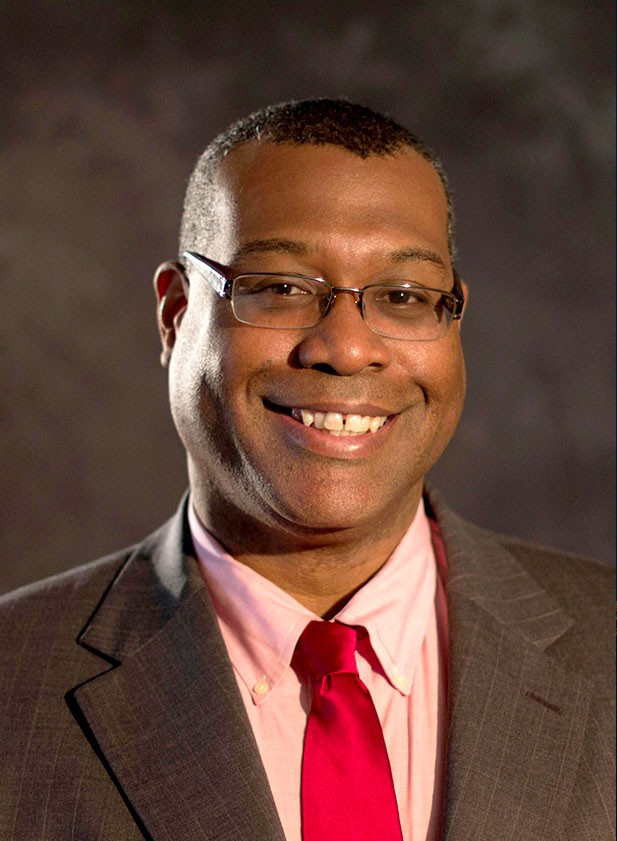This post originally appeared at https://www.badgerinstitute.org/uw-milwaukee-graduation-numbers-for-black-students-plummet-even-further/
At a time when the job market is begging for graduates with bachelor’s degrees, the opportunity for many Black students to earn a college degree is being squandered.

The number of Black students entering UW-Milwaukee — the UW school with the largest Black population — has been steadily decreasing in recent years. In 2015, 2,043 Black students were enrolled at UWM, making up 7.5% of the total student population, according to school data. Last year, 1,534 Black students, or 6.7% of the student population, were enrolled at UWM.
And while a slightly higher percentage of those who start eventually graduate within six years — 33% — the actual number of graduates is down dramatically from 314 as recently as 2014 to 176 by 2018, according to the most recent UW System data.
In comparison, UW-Madison enrolled just 118 Black students among a total school population of more than 42,000. However, the number of those students graduating within six years is over 80%.
Part of the cause is demographic and not confined to Black students. Every UW school other than Madison and Green Bay is in the midst of a decade-long trend in decreasing enrollment. Overall enrollment at UWM has dropped by more than 7,200 in 2012 to 22,592 in 2022, according to school enrollment data.
But Black students are less likely to go on to higher education than either other students here or Black counterparts elsewhere in the country.
At 12.7%, Metropolitan Milwaukee has the lowest percentage of Blacks with a college degree in the nation, according to the US Census Bureau’s American Community Survey.
“I lose sleep over it,” Chia Youyee Vang, UWM’s vice chancellor in the Division of Diversity, Equity, and Inclusion (DEI) told the Badger Institute. “Many, many families face tough decisions about the cost of a four-year degree. There are also so many different options today.”
Crushing student debt which has ballooned with inflation is the major impediment, Vang says. Students needing to support their families and the change in those family obligations and the job market coming out of the pandemic are others, she says.
On the other hand, private companies reacting to some of those same pressures are increasing the number of training programs, steering students away from four-year schools. “There are six-month IT programs available so that when you come out, you’re making six figures,” Vang says.
A study by the Wisconsin Policy Forum paints a grim picture of a cycle in which tuition freezes and reduced enrollment has reduced revenue for schools like UWM. Smaller student populations have resulted in less state and federal funding, according to the report.
“The reality at UWM is that we have our high achievers, but it’s the students who need to be given a chance that we have to invest a lot more resources in for them to succeed,” Vang says.
In March, the school announced that $2.1 million in partnership with the Greater Milwaukee Foundation had been raised to launch Moon Shot for Equity to bring the graduation rates of students of color to that of white students by 2030.
Moon Shot grants are being directed to students with critical financial needs, to those close to earning a degree, and to students who have left school to finish their degrees.
With all due respect to Prof. Vang and the funding challenges for families and UWM, it is the lack of attention to academic standards at the high school and college levels keeping students of color from their caps and their gowns.
And while this might not be a popular opinion in some quarters, as an academic and administrator, the philosophy behind Diversity, Equity and Inclusion is a big part of the problem.
I’ve seen this from the time I was in college when, in order to pad their minority enrollment numbers, colleges would admit Black students who did not have the academic capacity to complete the college curriculum.
DEI also works against students by actively encouraging the students to separate themselves from the rest of the student body, with segregated activities, curriculum and housing. This imposed isolation denies Black students the opportunity to advance their academic and social education cooperatively, just like any other students on campus.
This creates a culture of anti-intellectualism, segregation and animosity, which serves no one except the bursar. Is it any wonder why so many Black students don’t finish?
At Milwaukee Lutheran High School (MLHS), where I am the director of the Free Enterprise Academy, we are a choice school preparing 850 students, 90% of them inner-city, economically disadvantaged Black kids, to meet a variety of educational challenges.
Why are so many schools failing to attract and retain students, especially Black students? I believe we need to look to successful institutions for the answer.
Look at the mission statements for most colleges and universities in America and ask yourself whether an institution lives up to its stated mission and whether its students are buying into those principles.
If there is a divide between the institution and its message, there will be a disconnect between the institution and the student. I believe that where there is no longer faith in an institution living up to its mission, there is no longer an incentive to make the commitment in time and money to finish school.
Milwaukee Lutheran tries to deal with this issue on several fronts. The first is to provide practical alternatives for students who have no interest in continuing their education beyond a high school diploma. Some students just aren’t suited for the academic rigor of a college curriculum.
Our school created the Red Knight Institute (RKI), five in-house academies designed to provide practical skills for students in different disciplines which will allow them to compete in the market immediately after graduation.
The largest of these, Career Academy, teaches trade skills, steering students toward a path of economic security and success without going to college.
The Urban Education Academy helps find students less expensive educational opportunities or scholarships to defray or cover college costs for our economically disadvantaged students.
The Free Enterprise Academy (FEA) teaches and encourages entrepreneurship, free markets, American Exceptionalism, personal responsibility and financial literacy. Whether or not these students attend college, they learn how to navigate financial and economic challenges and create their own paths to prosperity without depending on the government.
The overall effect of this approach is to identify those students who really want to go to college. They are more likely to stay because they want to be there and are willing to prepare for the academic rigor they are going to face.
Milwaukee Lutheran is doing its part to encourage our students to stay in college, but colleges must do a better job of finding ways to help students afford the costs through graduation.
They must also better integrate students into their college communities, which in many cases are completely different cultures than the ones from which the students come. In my view, this means helping students assimilate rather than encouraging them to separate.
At Milwaukee Lutheran, students believe in why they are in school. American educators need to turn more students into believers. To do that they must connect with their students.

Shannon Whitworth is the executive director of the Free Enterprise Academy at Milwaukee Lutheran High School and an attorney with over 20 years of litigation and public policy experience. A graduate of Macalester College in St. Paul and the University of Wisconsin Law School in 1996, he is also a member of the Badger Institute Board of Directors.
The post UW-Milwaukee Graduation Numbers for Black Students Plummet Even Further appeared first on Badger Institute.